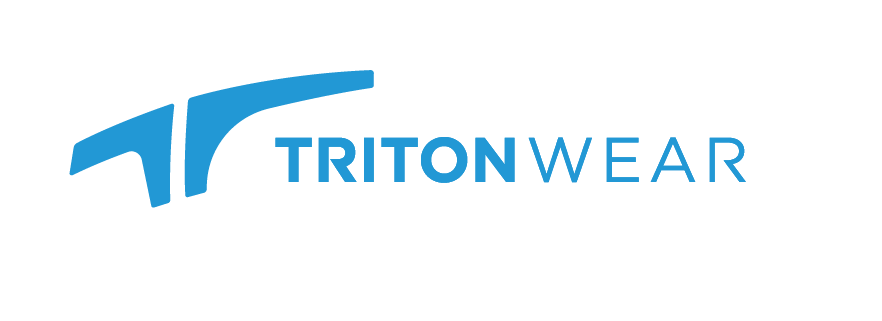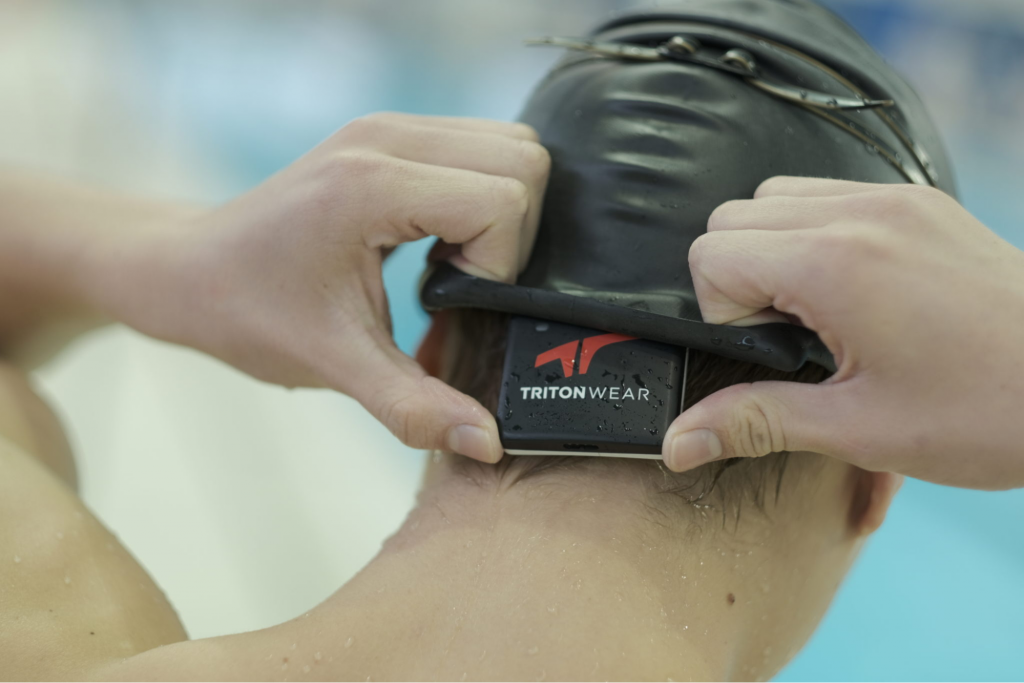
I researched TritonWear, a company that makes a device that utilizes more than 30 metrics to build personalized workouts for swimmers, track training efficiency, and help swimmers reach individual goals. I was a competitive swimmer throughout middle and high school, so I can appreciate how difficult minor improvements can be in this sport. Products like this are unique and practical applications of machine learning, data-driven insights, and analytics. It is fun to see that topics like those we are learning in class are being applied everywhere, even in niche use cases.
When I was 5 years old, I started swimming for my neighborhood’s swim team. I found swimming for this team to be good exercise, social, and fun. I enjoyed swimming so much that, when I was 10, I decided to join a competitive swim team. I practiced for this team almost every day for 2 hours throughout the rest of my time in middle and high school. Spending this much time on something, it was not surprising that I eventually reached a point where it became difficult to improve. Dropping mere fractions of a second quickly became a huge success for me, and I know this is the case for many other athletes, especially swimmers.
I recently read about a new product that uses analytics, data, and computing to track your swimming habits and help you improve. The product comes from a company called TritonWear, and it is a small device that sits on the inside of your cap and tracks many metrics of your workouts and technique.

The device uses machine learning algorithms to compare your workouts and find similarities between you and other swimmers to help you prepare for big meets. This product demonstrates a unique application of clustering algorithms, similarity scoring, and regression techniques we are learning here at the IAA.
As an individual, you can input your specific goals, such as improving your underwaters, and the device will help ensure you are putting in sufficient work to meet your goal. For a team, the device is arguably more useful: it allows coaches to compare their athletes, see how well each athlete is performing on a given workout, and ensure they are building practices that will help the swimmers and team reach their goals.
The device works by taking in more than 30 metrics as raw data from an athlete in a given practice. The data points collected include distance per stroke, turn time, breath count, and time underwater. Being able to see this data is immensely valuable for swimmers because it allows them to identify areas for improvement and help focus their efforts on individual weaknesses. It will also analyze these metrics and calculate an overall score for that workout based upon the athlete’s fatigue, the amount of work they put in, and how well they focused on their goals.
Another application of machine learning in this product is to find similar swimmers based on your height and weight and compare your workouts with theirs to ensure that you are keeping up with your competition. This functionality requires the use of clustering algorithms, like the ones we learned about in the fall.
I think this product is a fun combination of two things I love: swimming and analytics. It is interesting to be able to research any field of interest and find applications of analytics. Researching this topic really furthered my belief that analytics can play a key role and be impactful in any industry and application. I encourage anyone in the program or interested in analytics to research how analytics is being applied in any field they are interested in. You never know what insights you will find or what side project ideas you might discover.
Source: https://www.tritonwear.com
Columnist: Garrett Curran
